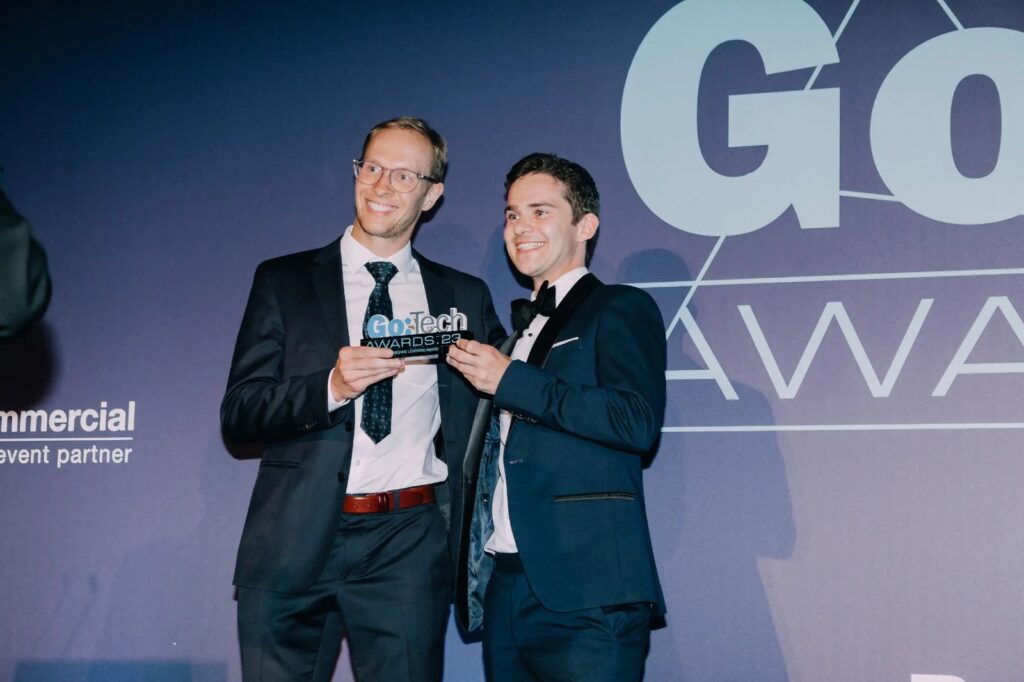
Team efficiency is an important aspect of maximizing productivity within any given workweek. Even teams known for their performance encounter roadblocks that obstruct progress. These obstacles often manifest in the form of unproductive meetings, overwhelming email communication, and a lack of insight into the tasks and responsibilities of team members. Overcoming these challenges is vital for ensuring that teams can effectively execute tasks and projects while simultaneously maintaining high standards of quality and output.
Improving Team Efficiency and Productivity
Efficiency goes beyond merely completing tasks; it involves minimizing friction and distractions within the workplace to enable teams to operate at their full potential. By implementing effective project management strategies, teams can significantly enhance both the speed and quality of their work.
Avoid Unnecessary Meetings
One of the most common obstacles to team efficiency is the prevalence of unnecessary meetings. While meetings can be valuable for collaboration and decision-making, they can also consume a significant amount of time if not properly managed. Meetings are often cited as barriers to achieving one’s full potential. Therefore, it is essential to evaluate the necessity of each meeting carefully. Teams should consider whether the meeting objectives could be achieved through alternative means, such as email updates, virtual collaboration tools, or asynchronous communication channels.
Ineffective meetings can result from a lack of clear agendas, irrelevant participants, or inadequate preparation. To address these issues, teams should establish clear meeting objectives beforehand. They must also ensure that only relevant stakeholders are invited and encourage active participation from all attendees. Additionally, using technology can help during the meeting processes and facilitate more productive discussions.
In place of traditional meetings, teams can explore alternative communication methods that are more efficient and conducive to collaboration. For instance, rather than scheduling a team-wide update meeting, project status reports can be distributed electronically. This will allow team members to review updates at their convenience. Similarly, brainstorming sessions can be conducted online using digital collaboration tools which will enable team members to contribute ideas in real time regardless of their physical location. With modern video conferencing platforms, it is even possible to share presentations and interactive boards.
Using asynchronous communication methods can also help minimize disruptions and accommodate various working schedules. By sharing information and updates asynchronously, teams can ensure that everyone remains informed without the need for synchronous meetings. This approach not only reduces time spent in meetings but also promotes flexibility and autonomy among team members.
In situations where team members are uncertain about their role in a meeting, it is essential to clarify expectations with the meeting organizer. Rather than attending meetings out of obligation, team members should ensure that their participation adds value to the discussion. If their presence is not essential, they can utilize their time more effectively by focusing on other tasks or projects.
Using Training or Skills Matrix Software
A training or skills matrix functions as a structured table where training or skill requirements are listed as column headers, and individual employees are listed as row headers. Within this matrix, the training status of each employee concerning specific training requirements is documented. This tool offers HR managers a comprehensive overview of training activities across the team, department, or organization. This results in efficient management of training needs and enhances team efficiency.
HR managers can ensure that all necessary training is either provided or accounted for by using a training matrix. This systematic approach enhances the training process by enabling HR managers to prioritize and address urgent training needs promptly. With a clear understanding of training requirements, managers can ensure timely delivery of training programs and effectively optimise workforce development.
A training matrix also serves as a preventive measure against unnecessary or excessive training sessions by providing real time updates on the status of training requirements. This feature aids in the development of strategic training plans, programs, and schedules that ensures training efforts are in line with organizational goals and employee development needs. This way, company time and resources are saved, and of course, efficiency is enhanced.
The implementation of training matrices leads to more efficient training processes and enables a larger number of employees to receive relevant and adequate training. Employees can perform their roles more effectively when they are equipped with the necessary skills and knowledge. This way they can contribute to increased productivity and performance levels within the organization.
It is important to recognize that while the primary focus of a training matrix is on addressing current training needs, its long-term impact involves establishing an environment of innovation within the organization. By consistently investing in employee development and skill enhancement, organizations can enhance their capacity for innovation and have competitive advantage in the marketplace. Search about AG5 to utilize skills matrix software for increased efficiency of your organization.
Identify Priority Tasks and Goals
Prioritizing work based on key results is essential for ensuring that employees focus their time and energy on tasks that have the most significant impact on company goals and objectives. It may seem like every task is urgent and important, but having a clear understanding of overarching goals helps employees make informed decisions about where to direct their time, energy, and efforts.
With numerous tasks and projects competing for attention on any given day, it is crucial to identify which ones align most closely with company-wide or departmental goals. Short-term objectives serve as building blocks for larger, long-term goals. By establishing a connection between individual tasks and company objectives, employees gain clarity on how their work contributes to the organization’s mission. This ultimately creates a sense of purpose and motivation.
Research indicates that employees who understand the significance of their work in relation to organizational goals are twice as motivated as their peers. Therefore, it is important to prioritize tasks that directly support broader goals. Tasks that do not align with these goals should be reassessed to determine their necessity and impact on the organization’s mission.
The importance of customer-centricity also drives the performance of the team. Managers should ensure that their team’s efforts are in line with meeting customer needs and preferences by engaging with target customers in informal conversations and attempting to find out their mindset.

The To Tech Award 2024: The City That Produces the Revolutionaries of Tech

The Financial Side of Moving: Budgeting and Saving Tips

Making Memories: International Rakhi Celebrations and Traditions

Pre-Requisites Before Applying for an Instant Personal Loan

Embrace the Magic of Turkey: An Unforgettable Visit

The To Tech Award 2024: The City That Produces the Revolutionaries of Tech

The Financial Side of Moving: Budgeting and Saving Tips

Making Memories: International Rakhi Celebrations and Traditions








